Well, Liverpool’s Fenway Sports Group are continuing to flirt with the idea of multi-club ownership. It seems like it’s a matter of when not if, as for a whole branch of other football clubs being added to their portfolio. After all, it’s been widely reported that one of the major incentives behind Michael Edwards’s return to the club in the first place, as Fenway’s ‘CEO of Football’, was the opportunity to oversee the acquisition and management of an additional club beyond Liverpool.
Three clubs have been seriously considered by the American consortium, that we know of. Richard Jolly of The Independent reported that in July 2024, FSG prioritised discussions with fallen French giant Bordeaux before ultimately withdrawing not long after due to concerns over club debt and stadium costs.
More recently, John Henry and Co. have scoured the mainland of Spain for potential targets. From one wounded animal to another; FSG reportedly sent a delegation to Málaga, a club in the Champions League quarter finals as recently as 2013 and now in the Segunda División, to evaluate a potential purchase.
Fabrizio Romano insisted that those talks went up into smoke thanks to ‘complications surrounding the club's financial situation’, so heads were turned to a La Liga side 327 miles away: Getafe. The likes of Marca, on top of other notable Spanish sources, claim that Getafe was identified as an "ideal club" after feasibility studies of several Spanish teams.
I want to make clear that this article is purely evaluating the strategy from a football perspective. Like many others, I physically recoiled when reading, last summer, that City Football Group’s Troyes’s Savinho, who had just spent the season on City Football Group’s Girona, was signing for City Football Group’s Manchester City.
The notion of a club’s sole purpose being to supply players to a supposedly bigger entity hardly aligns with the ideals of football socialism championed by LFC.
These football clubs have a deep-rooted tradition, a storied history, and a profound influence on the lives of their supporters. We cannot lose sight of that. That’s the moral opposition to the direction of travel in the modern game—a line of thinking that I do subscribe to.
Five Getafe locals, Enrique Condes García, Aurelio Miranda Olavaria, Antonio Corredor Lozano, Manuel Serrano Vergara, and Miguel Cubero Francés, did not swarm to a bar in 1946 to form Club Getafe Deportivo with the shared dream of their new club being a mere cog in a corporate machine.
Likewise, when the natives of Malaga were participating in widespread mass protests across the city, from 2018 to 2019, in order to force out the Al Thani ownership who were jeopardising the club’s existence, they did so with the dreams of returning to the top table of European football. Not to sign a few players on loan from Liverpool.
Since BlueCo acquired Strasbourg in June 2023, supporters have staged marches, silent protests, and displayed banners rejecting the ownership. Many feel their club has become a "Chelsea B team", with young players being developed for Chelsea rather than Strasbourg’s own ambitions. To play devil’s advocate, the French club did just enjoy their greatest Ligue 1 season since 1997 - finishing 7th and even teasing a grand return to the Champions League for several months.
But anyways: what I am writing here? This is a framework, a fun list of names. A guiding philosophy for how the club might identify emerging talent if they fully commit to this multi-club ownership. Think of it as a blueprint: low-risk, high-upside gambles who can either develop into first-team stars or be flipped for profit if things don’t quite click.
There’s got to be some level of realism, here. The players ultimately would be heading to a mid-to-low end La Liga side, or potentially even lower, so you’re not landing a Barcelona starter. To manage this, I’ve set some very basic criteria: these players must not be contracted to a side in the top 100 of the club world rankings (via the brilliant FootballDatabase site) or under any other team’s multi-club umbrella.
It’s no secret that Liverpool like a solid body of evidence to go off, even when signing players under the age of 23; Konate and Szoboszlai are the perfect exampes, amassing close to 5,000 competitive minutes each at Leipzig before Liverpool swooped in. LFC don’t operate like Chelsea—who are closing in on the €11m signing of 18-year-old Bright Ede. He’s started four matches in Poland. Lunacy. Given that they’d be headed to a Getafe-esque side, not the Liverpool first team, there needs to be a compromise. Very low bar: minimum of 500 senior minutes at a decent level.
Oh, and considering that the entire point is maximising value on young players, the maximum age for the players I’ll be including will be 22. All market values are via Transfermarkt.
Let’s start with Stade Rennais’s third youngest goalscorer in history after… Eduardo Camavinga and Désiré Doué. Some pretty elite company there.
Meite is one of the most exciting French talents in his age group and has already began to showcase this in Ligue 1. Since being handed his debut in October, the towering striker has registered a total of 537 minutes in the league for Rennes, including five starts, scoring twice. Before that, he’d bagged 18 goals in 43 matches at youth/reserve level—the stats are a combination of his matches for Rennes’s U19s and B Team.
He’s not your stereotypical big man through the middle; Meite is a fantastic carrier of the ball—very similar to the rare profile of tall strikers like Alexander Isak and Hugo Ektike, averaging just under 3.5 dribbles per 90 last season. Being beyond technically comfortable as a 6ft4 17-year-old centre forward is, frankly, outrageous.
What strikes me above all in the data is that he is an absolute magnet for duels and contests—he’s a very multi-faceted. More than capable of not only holding his own against fully grown Ligue 1 centre halves, but holding them off with his back to goal, to combine with the midfield, and winning his share of headers both inside and outside of the box.
*Meite’s xA of 0.28 per 90, in his maiden Ligue 1 season, is tremendously promisng for a centre-forward who is rightly or wrongly profiled as a target man.*
Fantastic striker’s instincts and a real threat in the air, already. His intelligent movement is what sets him apart from many in this great generation of young strikers, in my opinion. 4.64 attacking touches in the penalty area per 90, via Fbref, indicates a striker constantly taking up dangerous and clever positions.
Calling Meite a physical monster is probably an understatement. By the time he’s 20, I could feasibly see senior central defenders being bullied like this. The hold up play is first-class for a teenage forward—combine that with the ridiculous level of upper body strength…
Getting Meite out of France could be an uphill task, though a merit of this entire model is that Fenway could sell the pathway of eventually becoming Liverpool’s no.9 one day.
Thiago Fernandez serves as a slightly more rogue option seeing as he’s 21, only played in Argentina and just torn his cruciate. Simply, the talent level here is tremendously high with Fernandez; he’s worth a gamble for a modest fee (likely under £10m) which this strategy enables you to do.
Argentina is a gold mine for, essentially, guaranteed profit on players should they ‘not work out.’ A whole new level of ‘low risk’ transfers. When Liverpool were in the hunt for a new number six a couple of summers ago, I threw the name ‘Santiago Hezze’ out there as a wildcard option in a piece of mine - a then-21-year-old playing for Huracán. Olympiacos swooped in to snap him up for just £3m (!) and will likely recoup north of £30m when his time in Greece is up.
We only have to look across the M62 to see how City have benefitted from this, too. Julian Alvarez was signed for a measly £14m before being sold on to Atletico Madrid for a deal worth up to £82m. They returned back to River to sign Claudio Echeverri for £12m last year — who knows how much they’ll make.
*Thiago Fernandez’s current contract at Velez expires in December of this year. A fee could, potentially, not even prove to be a concern.*
Last season, in Argentina’s top division, Fernandez scored five times and assisted six with 12 big chances created. He broke through relatively late, towards the end of 2023 before properly establishing his name in recent months.
Pace, flair, close-control dribbling and creativity. He’s got it all in abundance. If he can stay fit, there’s a chance of reaching the top level as an elite creator and progressive carrier.
Is there any better way to score your first goal in professional football?
Ridiculous assist, this one. Fernandez is terrifically agile at about 5ft9 - lively, direct and dynamite in tight spaces. ‘Perfectible with his choices in the final third,’ serves as a great line from an Argentinian scout report of the left-winger/attacking midfielder.
Do it, or another European club will reap the rewards. Saudi interest, too. Ugh.
El Hadji Malick Diouf
If you tuned into Senegal’s victory over England last week, you’ll no doubt have been impressed by the West African nation’s left back: El Hadji Malick Diouf. Slavia Prague’s own chairman has even confirmed that Diouf’s on Liverpool’s radar—claiming back in January that both the Reds and Chelsea are closely monitoring him.
He’s only 20 but Diouf’s already made 60 club appearances at Slavia and Tromso (Norway) and has represented Senegal’s senior side 4 times.
Diouf (6ft) has quite an unorthodox style; The left footer is also proficient as a wing back and wide forward to an extent. I’d argue that his main strength lies in carrying the ball: he ranks in the 91st percentile for progressive carries per 90 with 3.3.
He’s a real force in the final third. The underlying expected assist figures are fantastic, and he even creates his own shots at a really nice volume. Nice bonus for a full back:
• Shot-Creating Actions: 4.04 per 90 (98th percentile)
• Goal-Creating Actions: 0.43 per 90 (92nd percentile)
• Expected Assists (xA): 0.27 per 90 (97th percentile)
Very efficient at creating chances from wide areas - he loves a first-time cross like this one, without even needing to set himself. High-volume and high-risk, aiming early with that left footed white before the defence are prepared. Diouf ranks in the 99th percentile (full backs) for crosses into the penalty area—I think that says it all.
Oh, and he’s absolutely rapid, powerful and tremendously effective at recovering the ball. Crucially, Diouf boasts a nice level of acceleration and has explosive first steps—able to power into those sprints with real urgency. That anticipation is really important as his defensive positioning isn’t all there yet, he’s much more refined going the other way, enabling him to sniff danger out early and recover, even if slightly out of position.
He’s under contract at Slavia until 2028, and a whole host of other clubs are reportedly interested including: Chelsea, Brighton, Crystal Palace, Fenerbahçe, RB Leipzig and Eintracht Frankfurt.
Juan Rodriguez
Another South American talent destined for a big European move at some stage: Juan Rodriguez. The highly tipped Uruguayan centre-back recently made the major domestic move, in his homeland, from Boston River to Penarol.
Aspiring to follow in the footsteps of Diego Godín, Ronald Araújo, and José María Giménez by cementing his place among the elite Uruguayan centre-backs, Rodríguez boasts a profile that is arguably even more complete than those of the aforementioned trio.
Rodriguez is a tall (6ft1), fast, ’modern’ central defender who is also able to deputise at left back. I think ground duels are his main strength, he’s very dominant. Scouts point to an instinctive sense of timing, reading the game like someone far beyond his years. He’s only played in Uruguay, so it’s difficult to gauge that level, but I’d also regard Rodriguez as being amongst the front runners as a young ball-playing central defender. Very technically gifted, coming through as a midfielder helps with that.
Rodriguez has a very surprising burst of pace given the 6ft3 frame. Interestingly, he models his game after Virgil van Dijk and José María Giménez, citing them as his favourite defenders. Essentially, these influences are evident in his game: a nice blend of calm composure, imposing strength, and sharp recovery pace when defending in advanced positions.
Talk about commitment…
Those aerial duel numbers seriously need to improve, considering the height. Granted, this data isn’t an entirely fair reflection as it’s only a sample size of 927 minutes at 19.
He’s an incredibly aggressive, front-footed centre back, as you could decipher from the second GIF, almost the antithesis of the van Dijk style. Sitting in the top tier for defensive actions, shot blocks, and interceptions, Rodriguez has great timing and positioning with his challenges. That kind of defensive awareness means he doesn’t just rely on the high level of physicality. He reads the forward’s movement and steps in at the right moment. In a system that values aggressive defending or pressing from the back, he’d be right at home.
The young CB is firmly expected to be sold by Peñarol (his current club), in the coming months, as many of Europe’s elite sides sniff around him. in the upcoming weeks. Shakhtar Donetsk and Atletico Madrid are reportedly the sides with the most concrete interest at this point in time.
The tale of Yan Diomande is honestly one of the most intriguing of the 24/25 campaign - would have been even more so had Leganes’s points tally of 40 been sufficient to preserve their La Liga status.
Diomande, born in Ivory Coast, was playing for DME Academy, a student-athlete academy in Daytona Beach, United States, before landing in La Liga in January and making quite the impression. The winger managed to score twice and register an assist in 543 minutes, with a 27% conversion rate, as he gave his team a much-needed boost after only debuting in March.
He’s rapid, creative, got great positioning and awareness, and, crucially, knows where the back of the net is. This has been the case since 2023; at just 16, Diomande earned the ‘Stari Player of The Year’ award - an accolade for the best player in the USPL, an American semi-professional league. 16.
Diomande only just scrapes into contention for my silly criteria with 543 minutes. Honestly, I’d have found a way to shoehorn him anyway. Besides, he was impressing hugely for their B Team in the two months before receiving his first team bow.
The output data, in the underlying numbers at least, may quite not be there yet though Diomande is already performing an exceptional level in the dribbling and ball carrying department. He’s a volume man - constantly creating high-quality chances and progressing the ball deeper into the final third.
How was this man (17-year-old) allowed to play semi-professional football in America? Lightning quick over both short and long distances and uses body feints exceptionally well to create separation and that half a yard.
I love these sorts of inside forwards who aren’t reliant on ‘service’ - they create their own openings out of nothing. Create high-value chances for themselves. Diomande thrives in these isolation scenarios, regularly finding himself in 1v1s. From there, he uses a combination of athleticism and flair—like Cruyff turns and quick outside-boot passes—to unbalance defenders and open up space.
He won’t be at Leganes very long. I’ll tell you that for free.








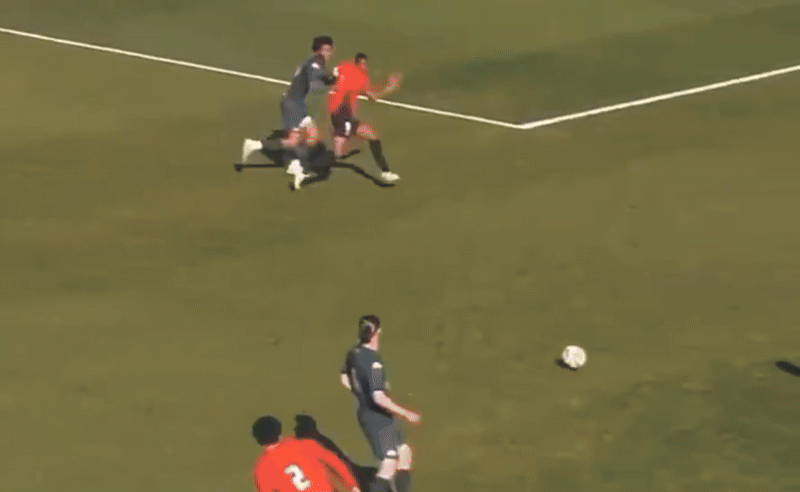
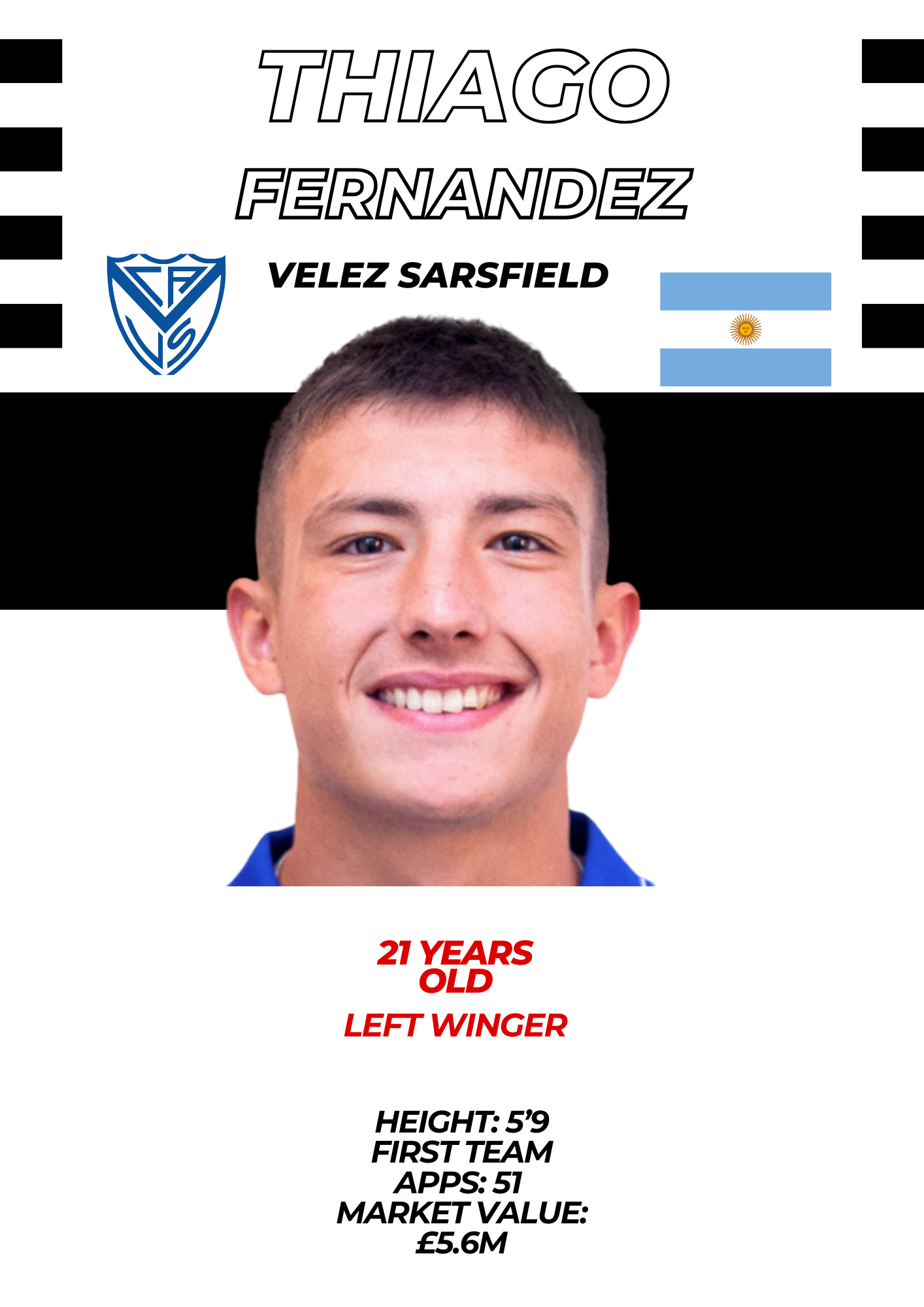

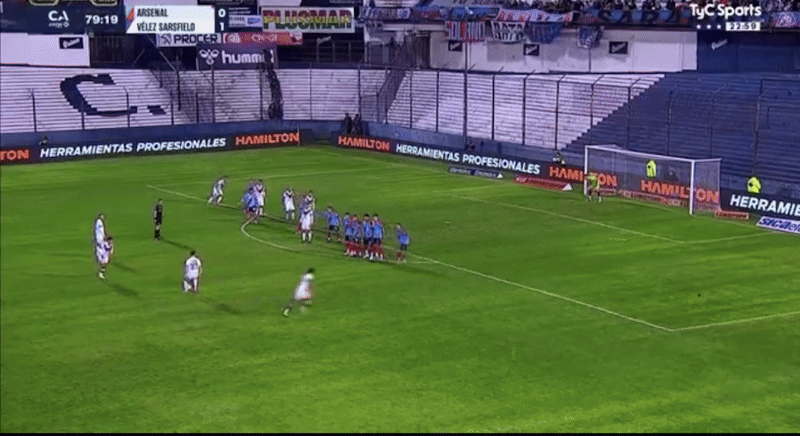
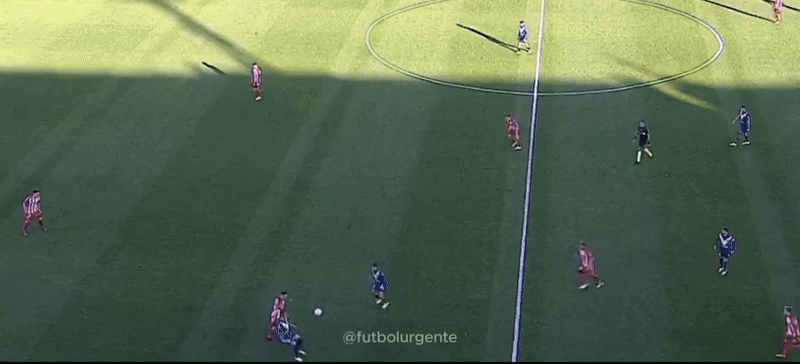


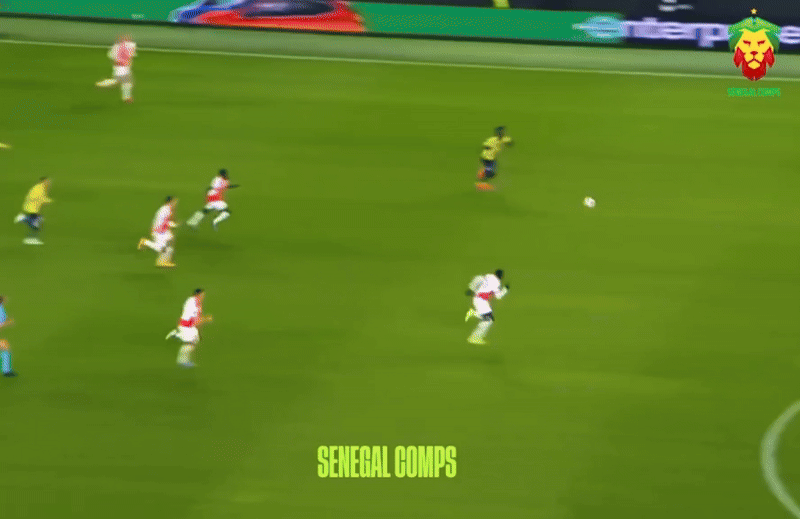


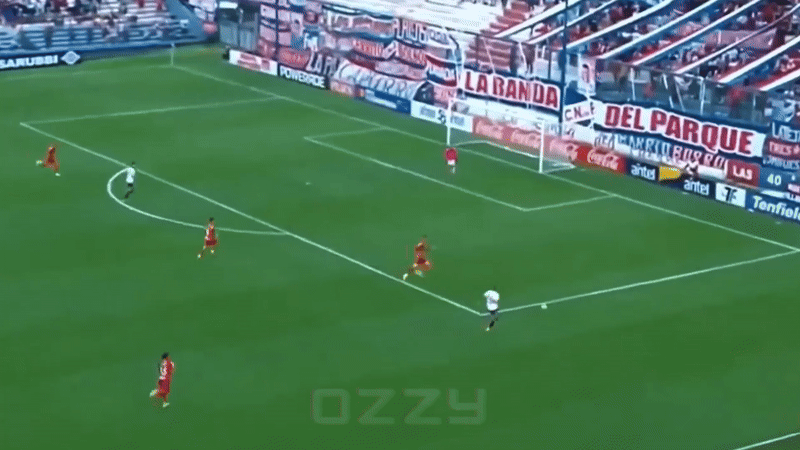
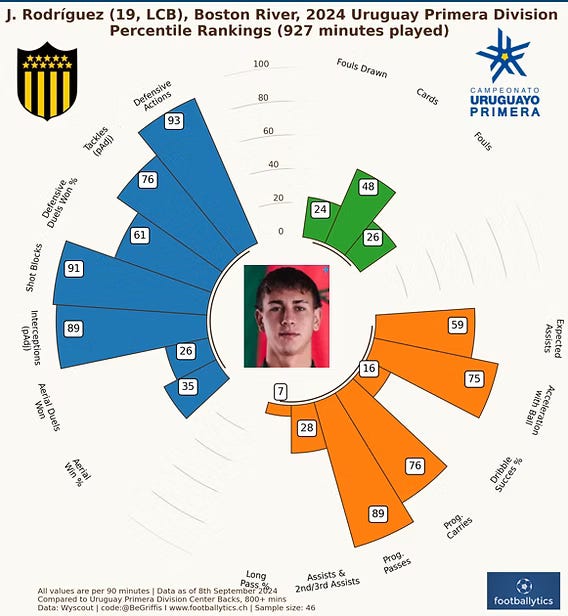
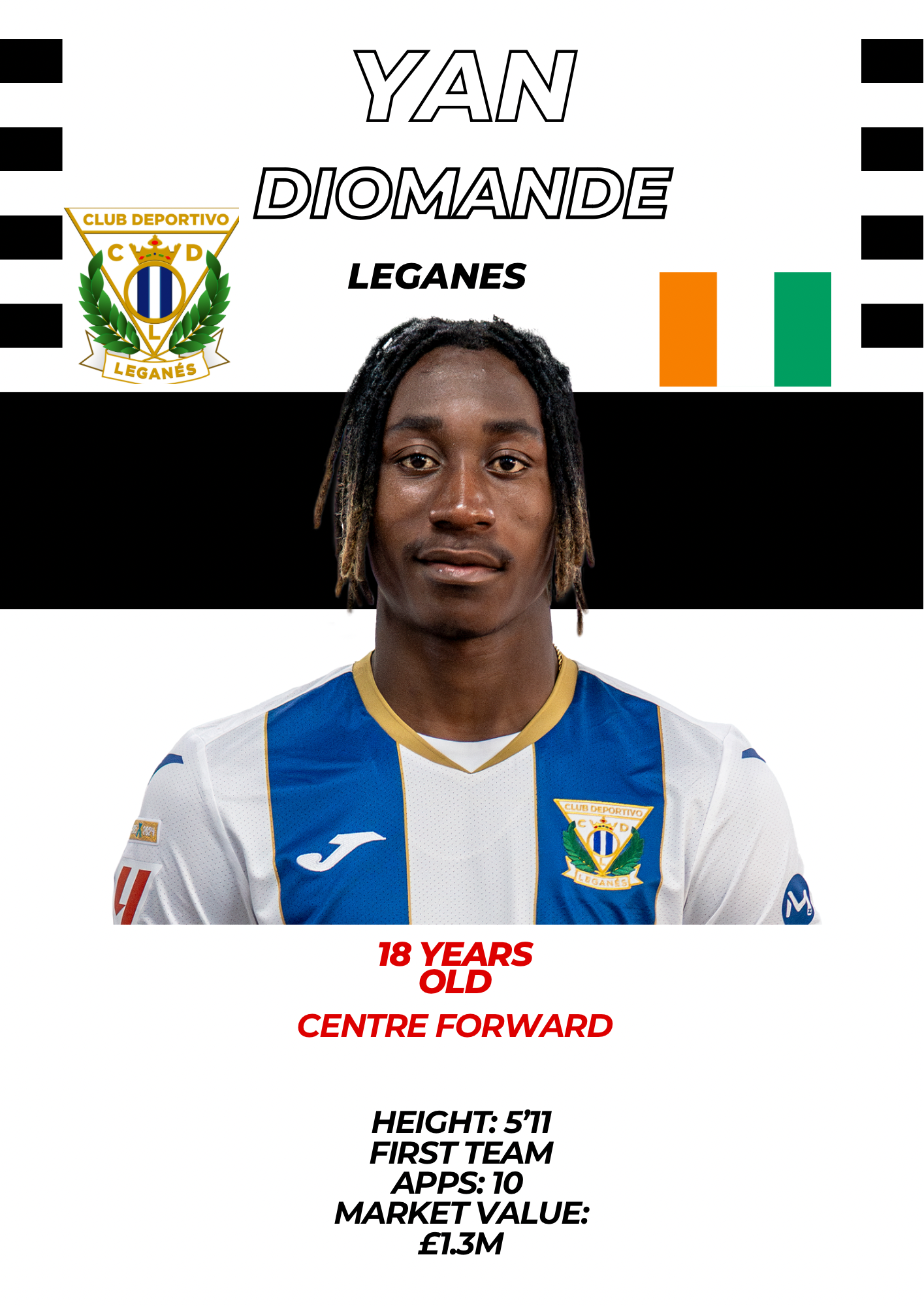

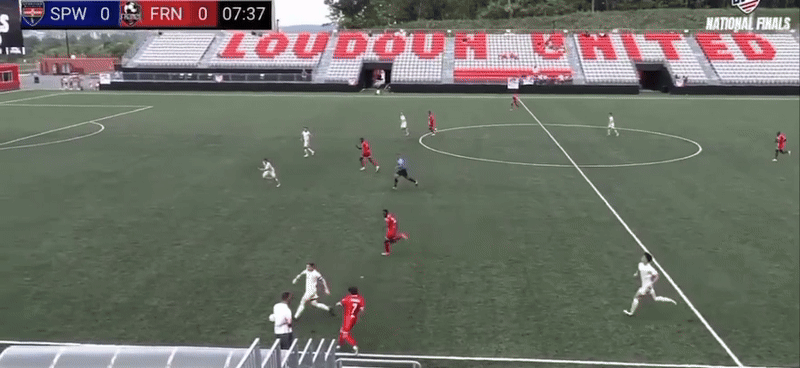
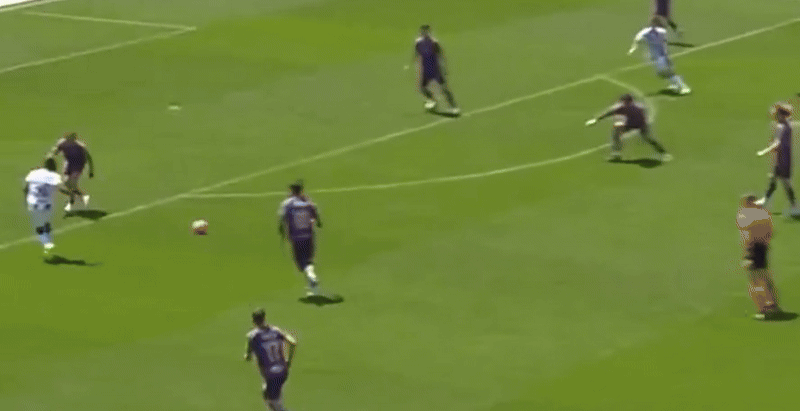
Sampdoria in Italy